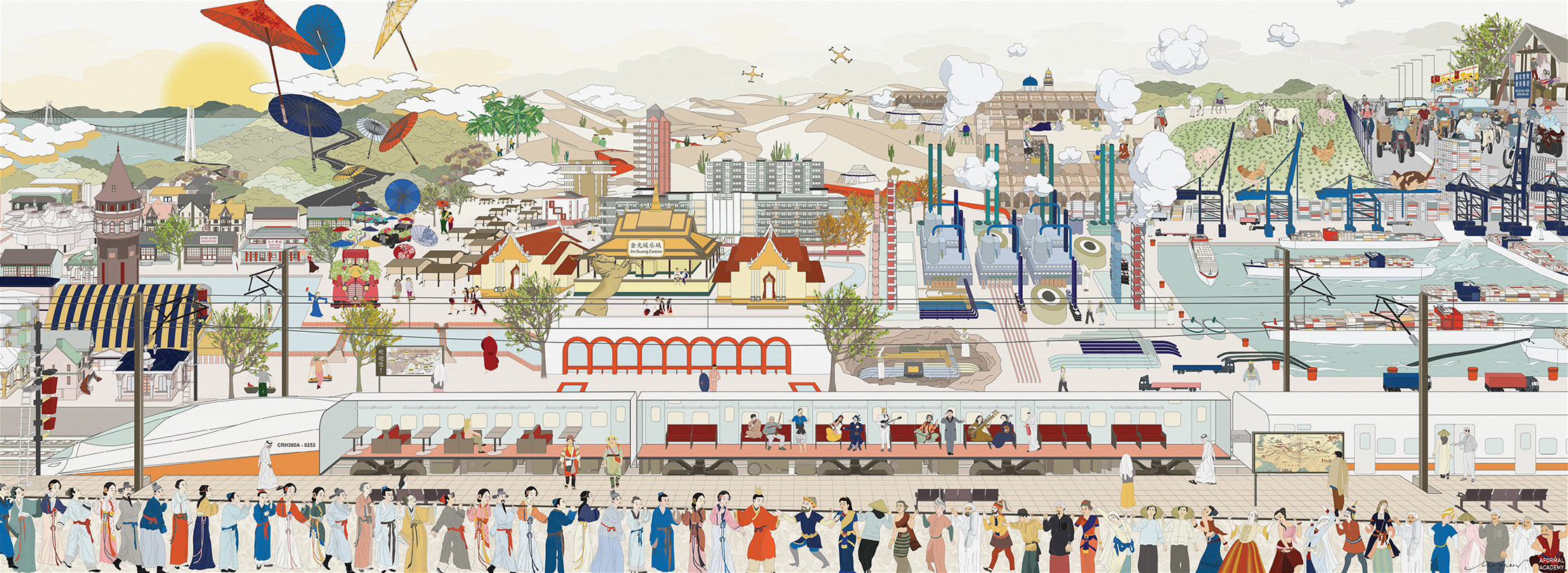While an official count of participating countries is avoided, the BRI’s main economic corridors include the New Eurasian Land Bridge, the China–Central Asia–West Asia Economic Corridor, the China–Pakistan Economic Corridor, the Bangladesh–China–Myanmar Economic Corridor, the China–Mongolia–Russia Economic Corridor, and the China–Indochina Peninsula Economic Corridor. Its digital corridors include the China–Afghanistan Fiber Optic Cable System, China–Pakistan Fiber Optic project, Pakistan–East Africa Cable Express (PEACE) Project, Nationwide Submarine Cable Oredoo Maldives (NaSCOM) Project, Dhiraagu Cable Network Project, South Atlantic Inter Link (SAIL) Project, Jing-Hu Trunk Line, China–Chile Trans-Pacific Network Project, Avassa Submarine Cable Project, MARS Submarine Cable Project, China–Myanmar International Terrestrial Cable System, Nepal–China Optic Fiber Link Project, Strategic Evolution Underwater Link, People's Liberation Army Telemetry, Tracking and Command Station, QUESS Ground Station, and Fiber Optic Austral.
